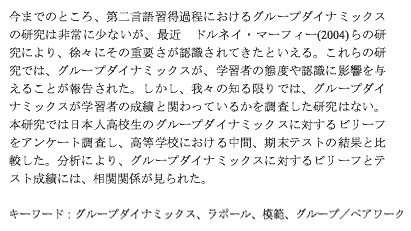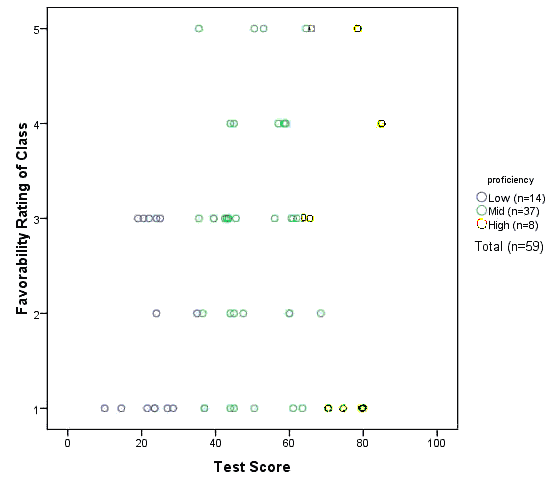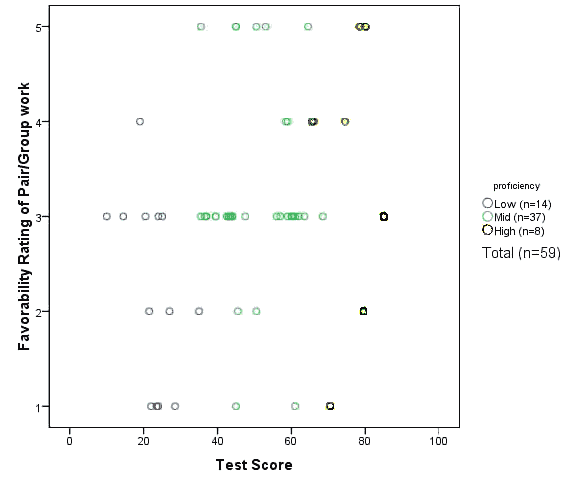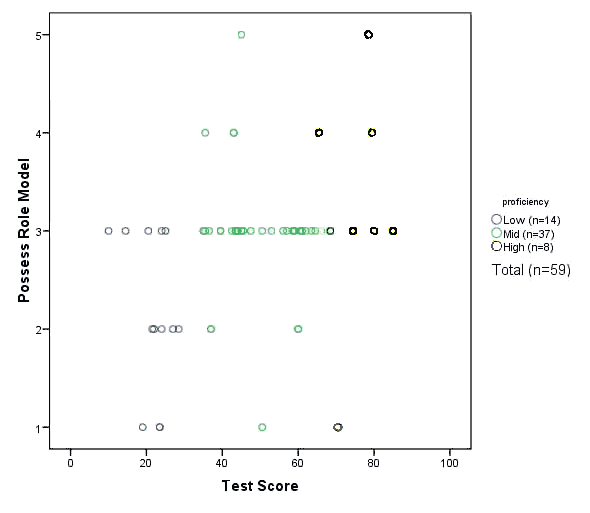|
Abstract
The value of introducing insights from group dynamics is beginning to attract attention in the field of second language education,
and recent studies suggest that it is important for language teachers to have an increased awareness about group dynamics. In particular,
three aspects of group dynamics are considered significant in language teaching: (1) the building of student-teacher rapport, (2)
promoting positive peer language learning role modeling, and (3) fostering group work interactions. Research indicates that these three
points might influence learner attitudes and motivation. However, no studies have yet to investigate how group dynamics impact learners'
performance. In the present study, we examine the correlation between a group of 59 Japanese high school students beliefs about three
aspects of group dynamics with their performance in L2 learning in a Japanese secondary school context. The extent that self-reported
beliefs about group dynamics and student midterm and final test scores correlate was explored systematically. Results revealed that there
is a weak but positive correlation (r = .22) between students' beliefs about group dynamics and their test performance.
|
Keywords:
Classroom group dynamics, student rapport, language learning role
models, group/pair work

|



